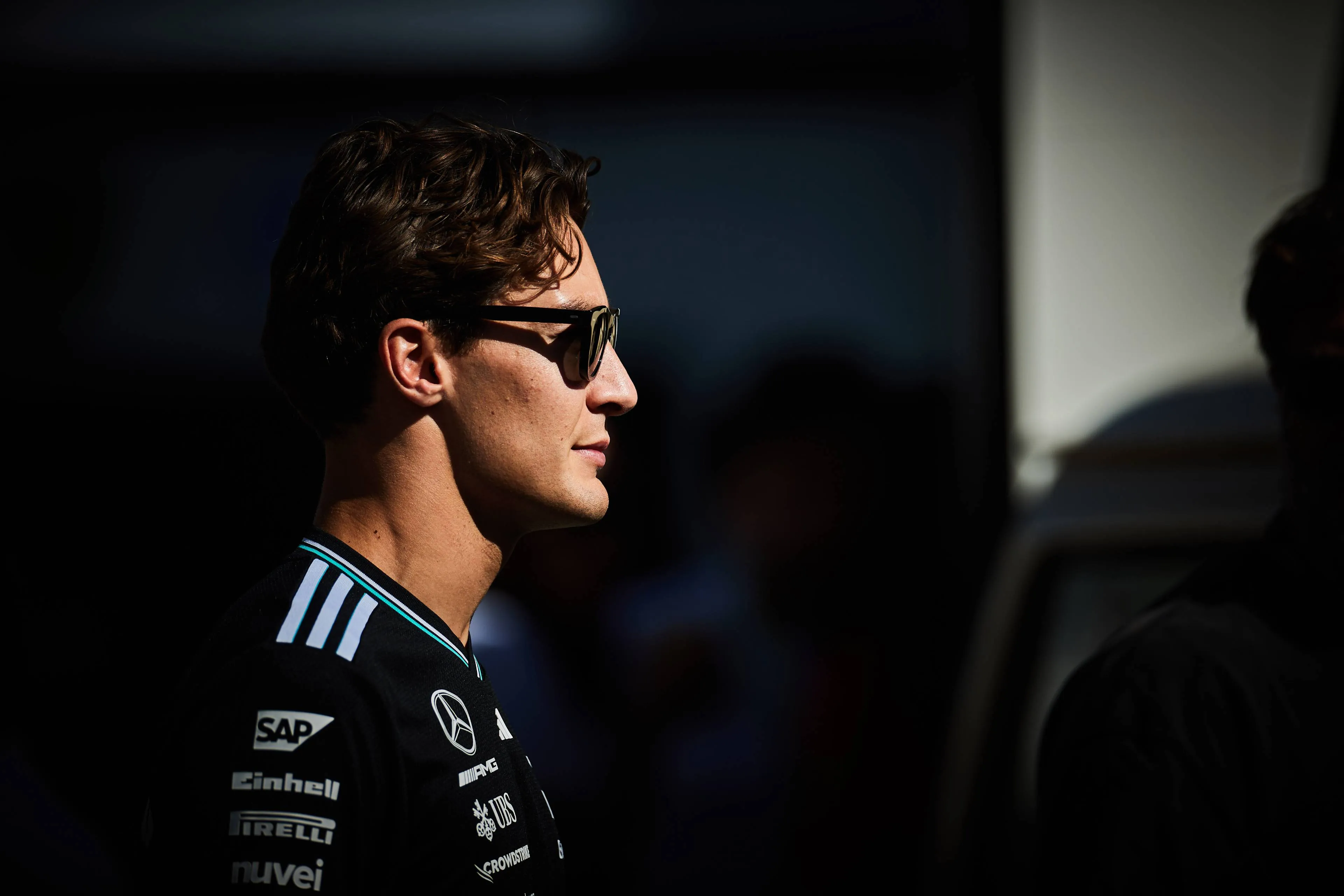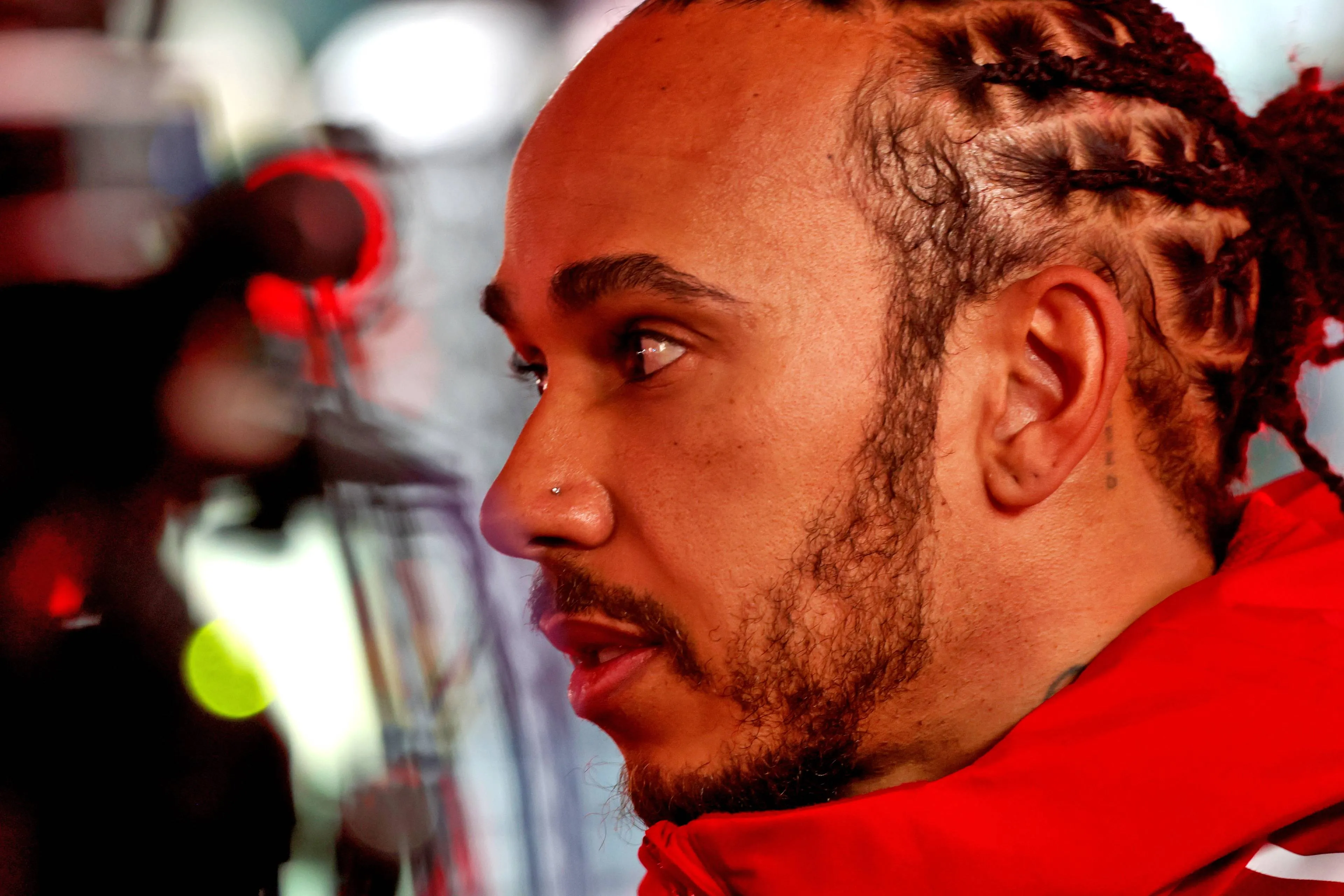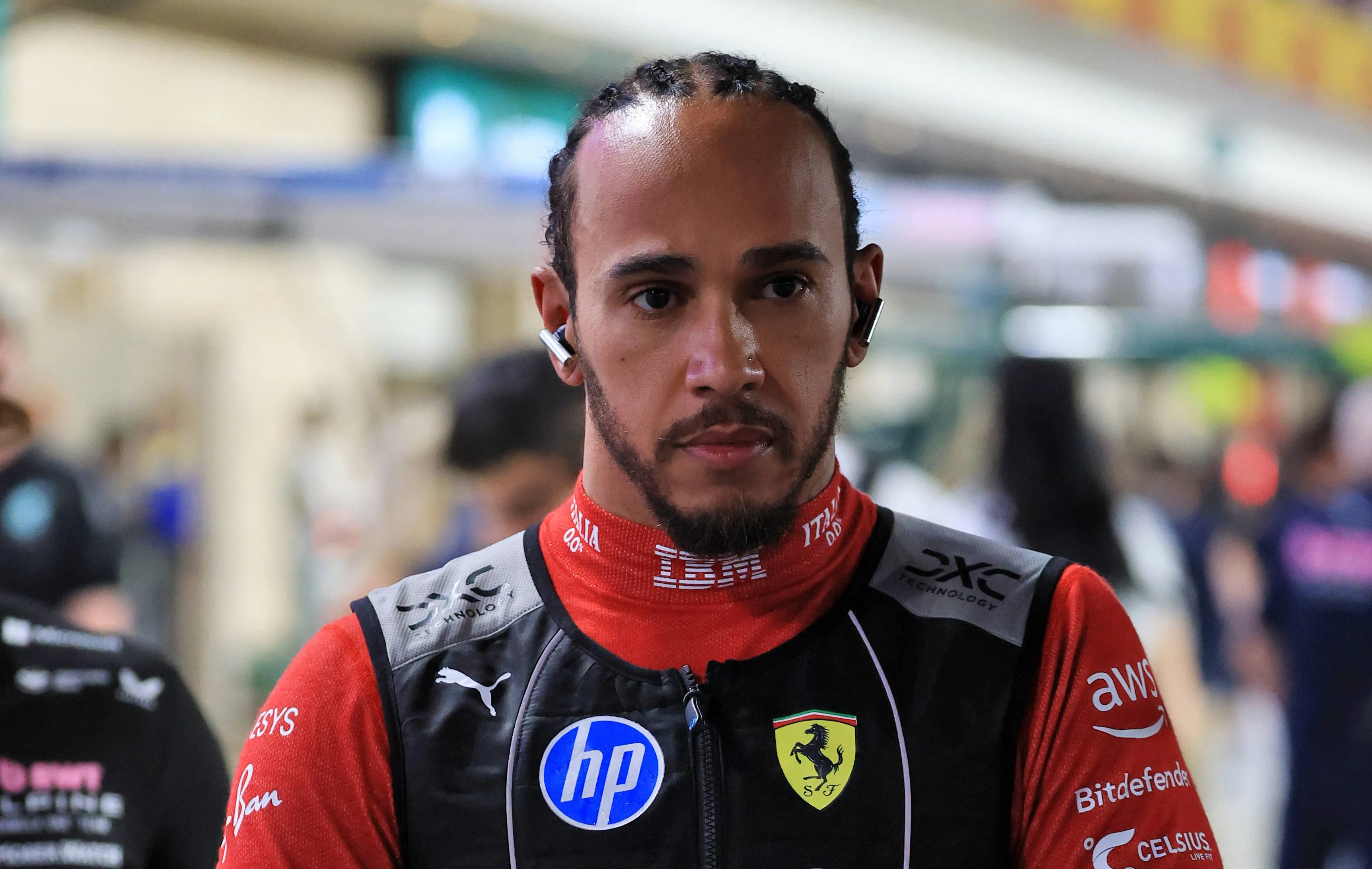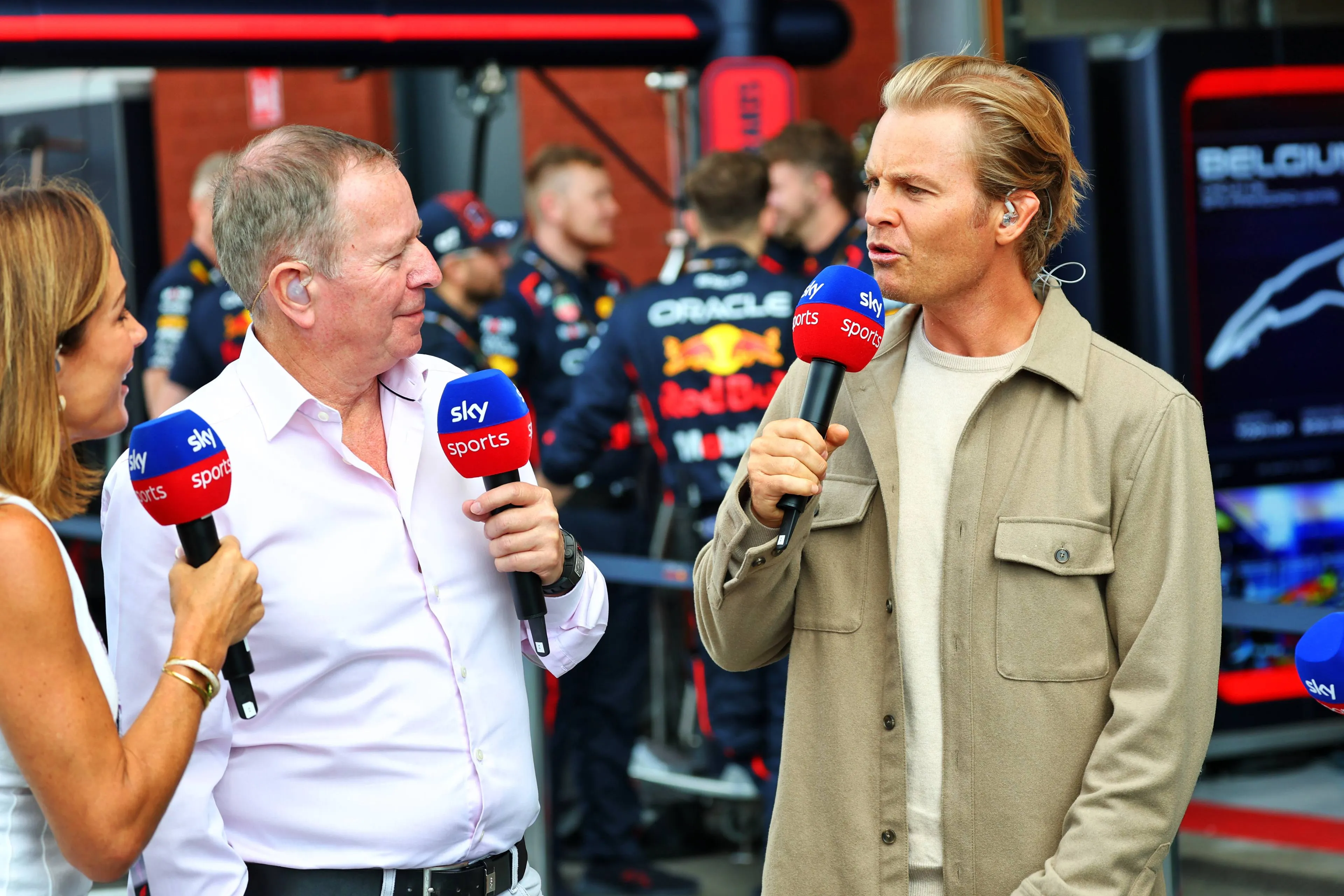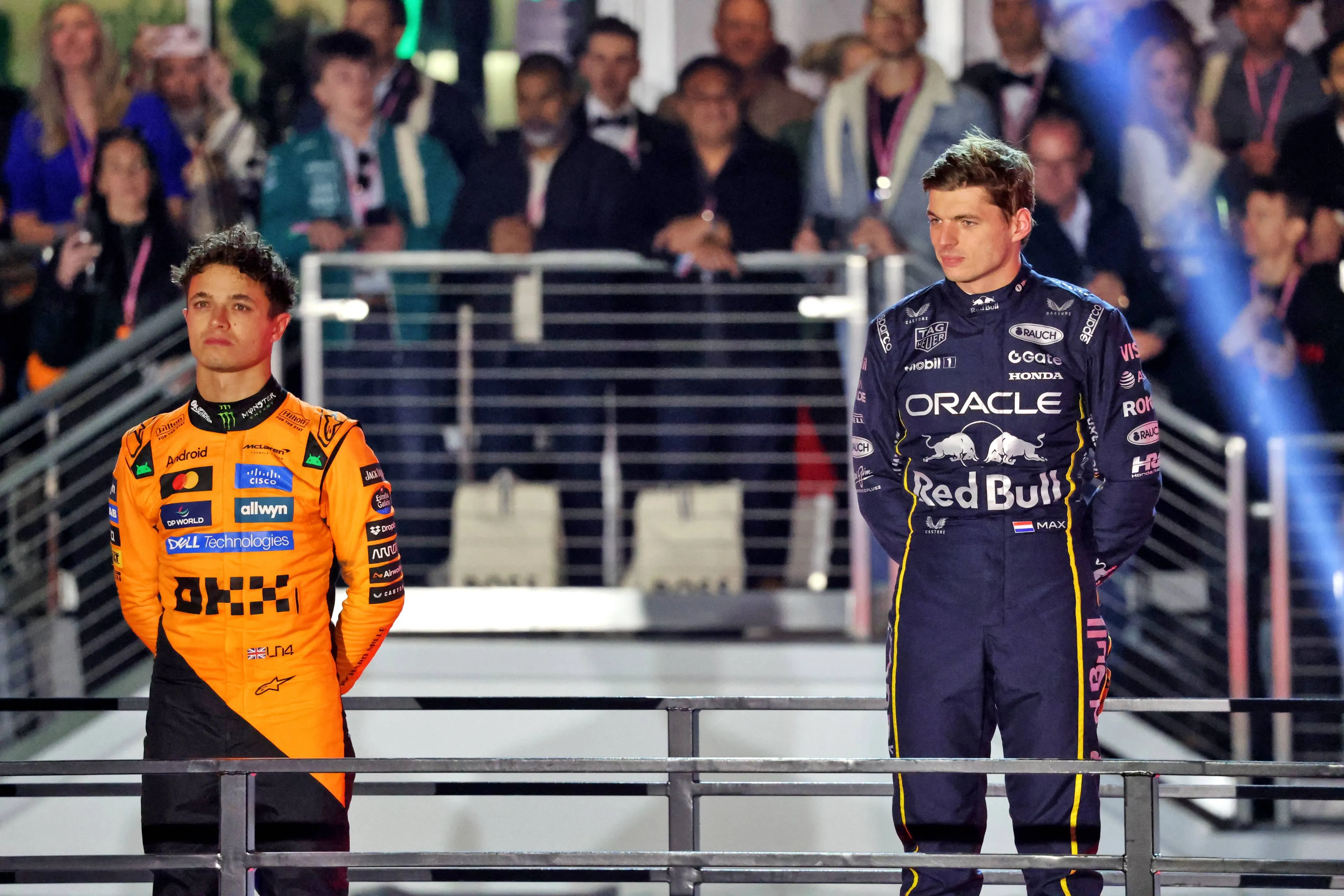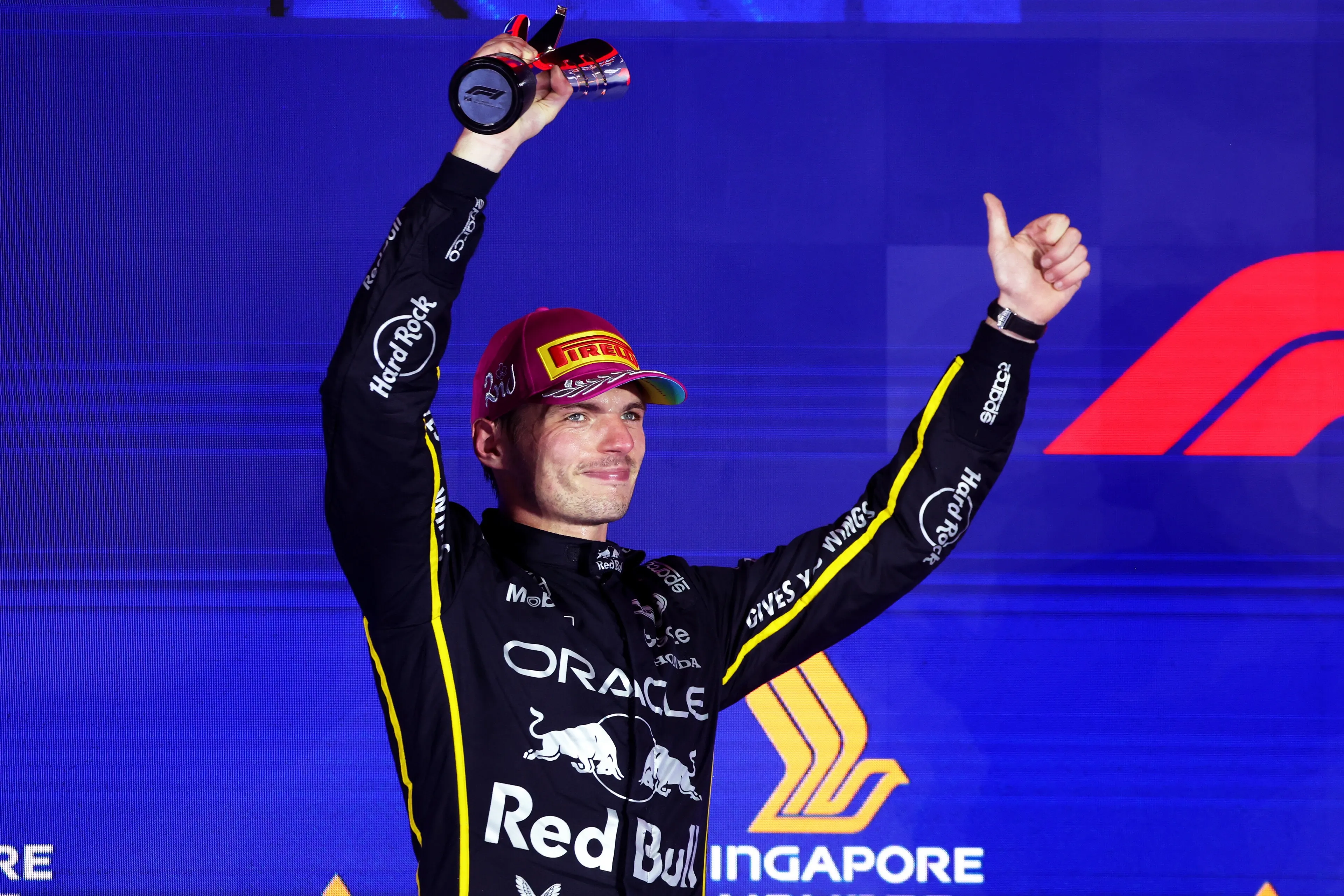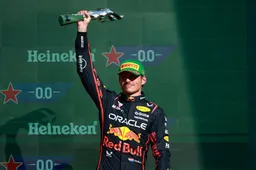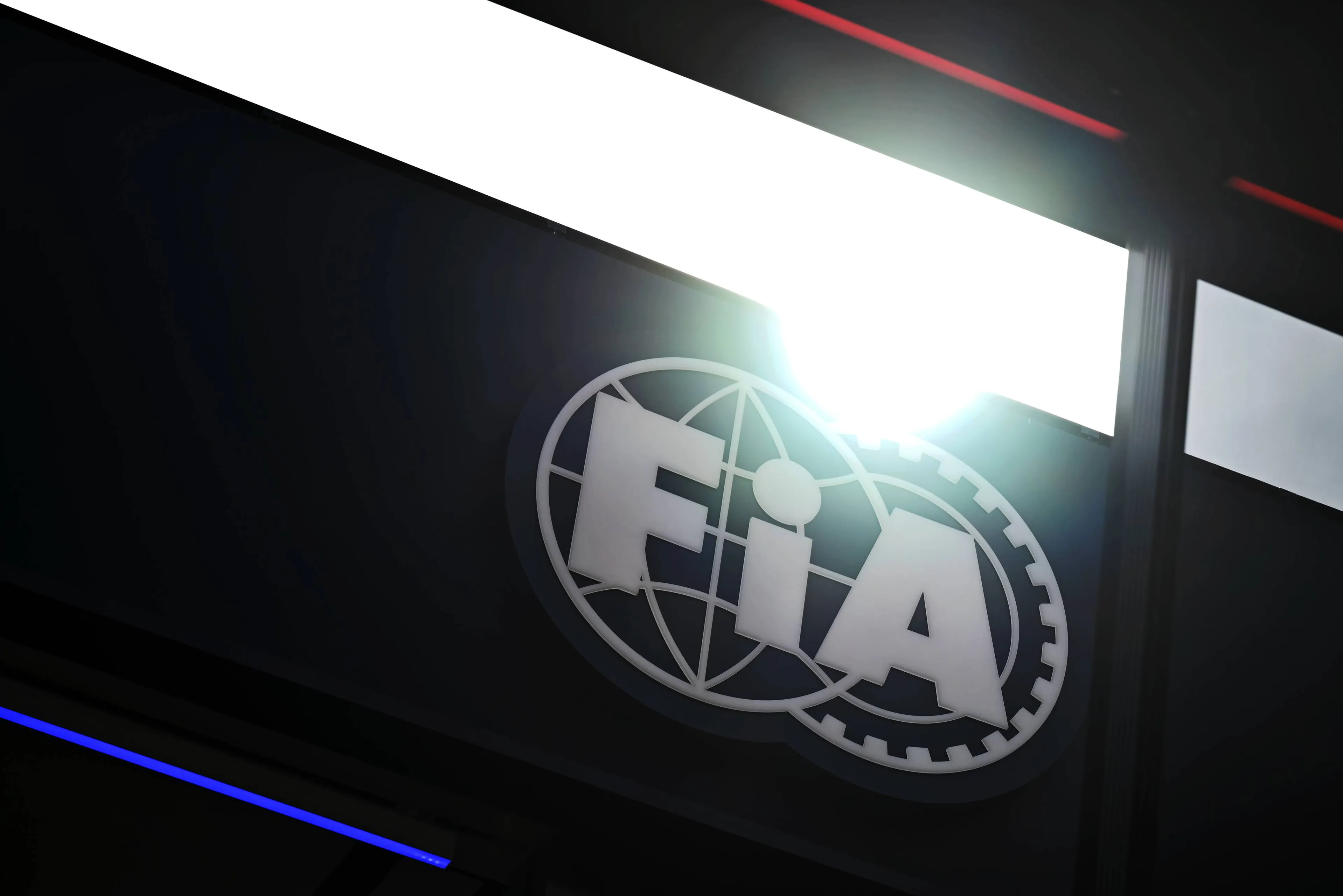
Photo: Race Pictures
Everything you need to know about budget cap in Formula 1
14:12, 28 Oct
Updated: 16:04, 29 Oct
1 Comments
With the FIA having just released the results of the 2024 budget cap review, let’s take a closer look at what it’s all about — and what impact it has on Formula 1.
A short while ago, the governing body led by Mohammed Ben Sulayem confirmed that nine out of ten teams were found compliant with the financial reviews related to last season’s budget cap, with Aston Martin the only team committing a procedural breach, which resulted in an Accepted Breach Agreement (ABA) to resolve the matter.
Additionally, all Power Unit manufacturers — Mercedes, Ferrari, Honda and Renault were also found to be fully compliant, with no breaches detected.
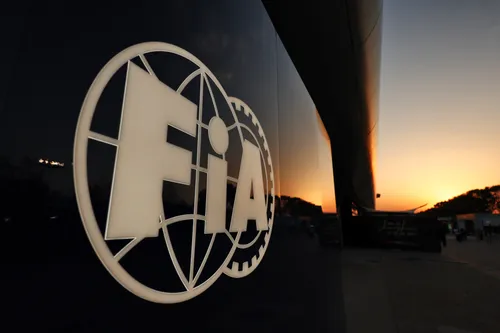
The FIA - Photo: Race Pictures
What is budget cap in Formula 1?
For years now — especially in the period right after the summer break — there’s been plenty of talk about the so-called budget cap. But what exactly is it? What impact does it have on the teams? And most importantly, why was it introduced in the first place?
Introduced for the first time in 2021 under the Financial Regulations, the budget cap essentially limits how much each team can spend over the course of a season — a concept somewhat similar to football’s Financial Fair Play system.
Its main goal is to reduce the performance gap between the top teams and the smaller outfits, which naturally don’t have the same financial resources for development as giants like Ferrari, Mercedes, Red Bull, and McLaren.
What is the spending limit and how has it changed over the years?
Over the years, the maximum spending limit has been adjusted several times based on various factors, including inflation.
In 2021, the first-ever budget cap was set at $145 million, reduced by $5 million the following year and by another $5 million in 2023. For 2024, the limit was raised to $138 million to counter inflationary pressures.
For the 2025 season, the cost cap is set at $140.4 million, based on a $135 million baseline for 21 races, with an additional $1.8 million allowed for each race beyond that number.
Read also
What’s included and excluded from budget cap?
Contrary to what many might think, the budget cap doesn’t cover everything, as it focuses solely on performance-related expenses.
Included in the cap are costs linked to car design, development, and production, as well as chassis and aerodynamic components, race operations, testing, wind tunnel sessions, simulator work, and the salaries of most team personnel.
Excluded from the cap, however, are driver salaries, the three highest-paid team members (such as the team principal or technical director), power unit costs as well as expenses related to marketing, hospitality, travel, accommodation, and any legal fees, taxes, or fines.
What are the penalties for exceeding the budget cap?
If the FIA Cost Cap Administration identifies irregularities in the financial reports each team submits at the end of the season, violations generally fall into two categories: a minor breach, involving overspending of up to 5% of the cap, and a major breach, meaning anything above that threshold.
Penalties can vary widely — from points deductions and reduced wind tunnel time in minor cases, to disqualification or even exclusion from the Constructors’ Championship for major breaches.

Photo: Race Pictures
The controversial Red Bull case in 2021
In the first year of the budget cap, Aston Martin (then still operating under the Racing Point name) was also found non-compliant with the new financial regulations. However, just like this year, the infraction was limited to a procedural breach, resulting in a $450,000 fine.
The most serious and widely discussed case, however, involved Red Bull. The team, led by Christian Horner, was found guilty of exceeding the cap by $2.2 million, committing a minor breach due to incorrect tax treatment and misreported catering and sick leave costs.
This led to a $7 million fine and, more significantly, a 10% reduction in wind tunnel and CFD time for the 2023 season — though this ultimately had little on-track impact, as the RB19 went on to win 21 of the 22 races that year.
Read also
GPblog's latest F1 Paddock Update
Want to stay up-to-date with what happens in the F1 paddock? Then GPblog's F1 Paddock Update video is the perfect way to do it. Subscribe to GPblog's YouTube channel and turn on notifications to never miss the latest episodes.
Read more about:
Popular on GPBlog

1
Wolff doubles down on 400 km/h claim as 2026 F1 overhaul looms
10960 times read

2
Norris splashed out this staggering sum to celebrate first F1 title
4949 times read
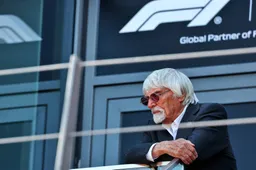
3
Ecclestone pens special note to Verstappen: ‘Best F1 driver I can remember’
3345 times read

4
Mekies shares stark reality of Red Bull’s 2026 project
3128 times read
Loading



